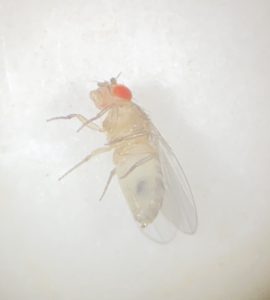
OUR RESEARCH AND WHY IT MATTERS:
Our research aims to elucidate how cells alter their fates between normal or disease conditions. To address this, we model regeneration and tumorigenesis using Drosophila gonads. We use a combination of fly genetics with various imaging techniques, including immunofluorescence, single molecule RNA fluorescent in situ hybridization, OligoPaint DNA FISH, and whole-mount tissue live-imaging by superresolution microscopy. Owing to the simple anatomy of Drosophila and abundant genetically encoded imaging tools, this system allows us to demonstrate previously unrecognized regulatory mechanisms with an unprecedented resolution.
Our focuses are:
Mechanisms of Interchromosomal Interaction During Cell Fate Transitions: Investigate how homolog pairing contributes to precise cell fate decisions.
Histone Modifications during Cell Fate Transitions: Examine how histone modifications regulate gene expression through cell fate transitions.
Chromatin States in Stem Cells and Cancer: Characterize chromatin landscapes in normal stem cells and stem-like tumor cells to uncover epigenetic regulatory mechanisms.
Nuclear RNAs in Spermatogenesis: Elucidate the roles of nuclear non-coding RNAs in germ cell development and spermatogenesis.
By achieving our long-term goal of understanding the mechanisms that cause diseases, we can contribute to developing new approaches to disease prevention and therapies.
